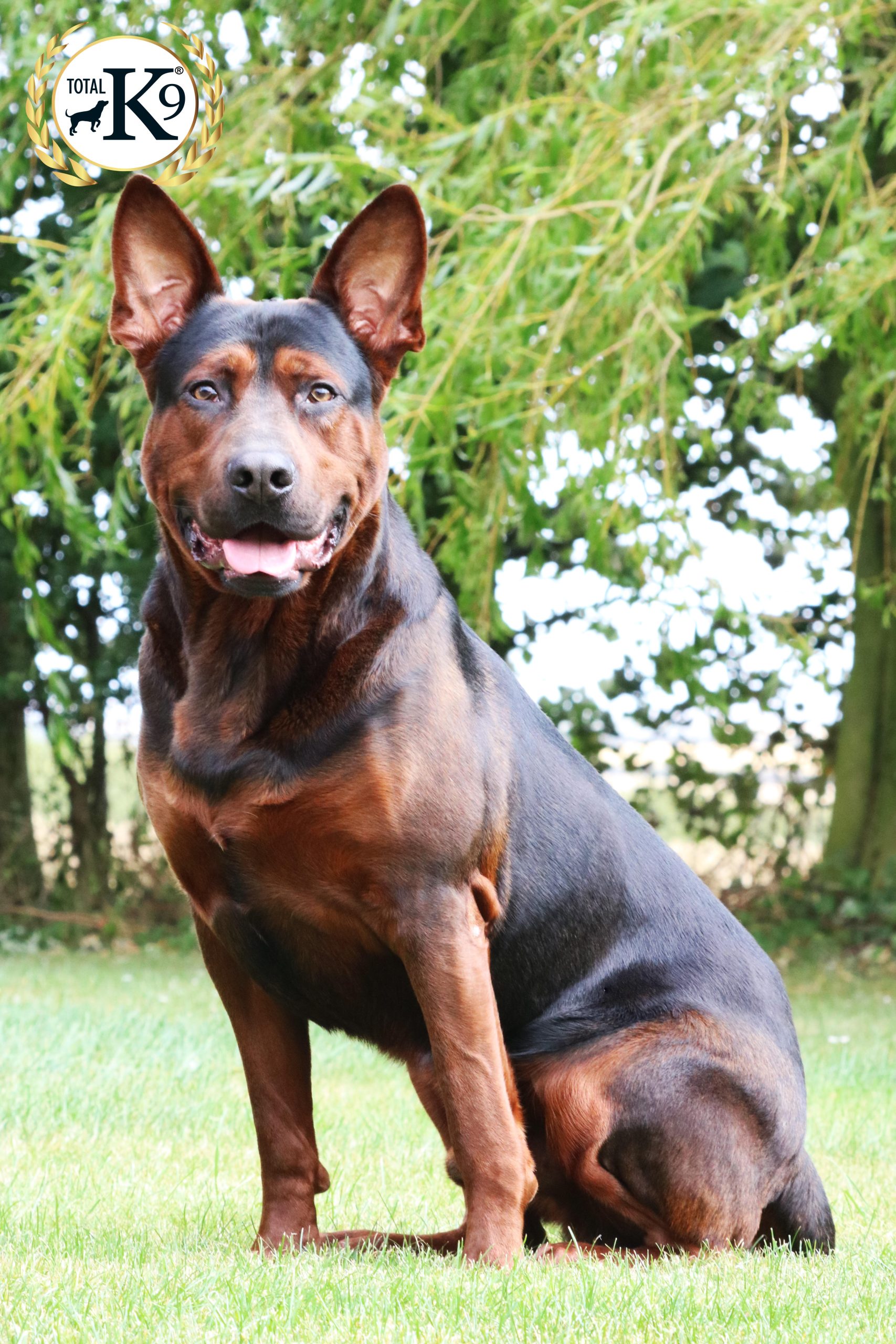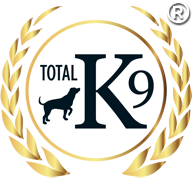When selecting a breed of family protection dogs, it’s important to balance traits like temperament, strength, loyalty, and trainability. In doing so, you can select a dog breed that is perfect for both family life and protection. In this article, we’ll help you understand which dog breeds are best suited for family protection and what traits you should consider.
Understanding Protection: What Does It Mean?
Before diving into the breeds, it’s important to understand what we mean by “protection.” Protection dogs are not just guardians; they are part of the family. They should be approachable, reliable, and safe around all family members, especially children. A good family protection dog will naturally deter intruders simply by their presence and bark, yet be a loving part of the family during quieter times.
Key Traits to Look for in a Family Protection Dog
Now that you have a clearer idea of what a family protection dog is, let’s move on to some of the most important traits for them to have. A well-trained family protection dog should have the following:
Temperament
A stable temperament is very important for family protection dogs. The ideal dog should be calm yet alert, confident but not aggressive, and gentle yet capable of decisive action if the family is threatened. They should be able to switch from a relaxed state to a protective one smoothly and vice versa.
Loyalty and Bonding
Loyalty is a trait that ensures the dog has a strong bond with all family members and feels a part of the family unit. This bond is essential for the dog to naturally feel inclined to protect its family from harm and strangers.
Intelligence and Trainability
A protection dog must be intelligent and easily trainable. This ensures they can learn a variety of commands and understand when to protect and when to stand down. High trainability also correlates with a dog’s ability to adapt to different situations and environments, which is key for families who travel or have active social lives.
Size and Physical Ability
While size alone does not determine a dog’s effectiveness as a protector, it does contribute to how imposing the dog appears. Physical strength is also necessary to hold or intimidate an intruder if needed. However, the dog’s health and agility are equally important to ensure they can perform their protective duties without any physical limitations.
Top Dog Breeds for Family Protection
Certain dog breeds naturally lean into some of the traits outlined above, making them standout options for family protection. Below are a few of the most popular dog breeds for family protection and what makes them so good at their job:
German Shepherd
German Shepherds are renowned for their versatility as both family pets and protection dogs. They are highly intelligent, easy to train, and have a natural protective instinct. German Shepherds are also known for their loyalty and bond strongly with their families. Their size and bark are effective deterrents to potential intruders.
Rottweiler
Rottweilers are powerful dogs known for their loyalty and protectiveness. They are naturally wary of strangers and can be very imposing, making them excellent deterrents. However, due to their strong will, they require consistent training and socialisation from an early age to ensure they are well-adjusted family members.
Doberman Pinscher
Although well-known for their intimidating looks, dobermans are incredibly loyal, intelligent, and loving protectors. These dogs are naturally agile and strong, making them quite formidable against intruders. They bond closely with their families but need thorough training and socialisation to manage their protective instincts properly.
The Importance of Professional Dog Training
Professional dog training is essential, particularly for families considering a protection breed. While many dogs have natural protective instincts, without proper training, these instincts can manifest as undesirable or even dangerous behaviours. Professional trainers, such as our team at TOTALK9, can help channel a dog’s instincts appropriately, ensuring they responds correctly in varied situations.
Structured Learning Environment
Professional trainers provide a structured environment where dogs learn to follow commands consistently. This training is important for protection dogs to understand the difference between normal behaviour and a genuine threat.
Safety and Control
One of the primary benefits of professional training is safety. Trainers teach dogs how to behave safely around both strangers and family members, especially children. They also train the owner on how to command and control the dog, ensuring that they can manage their pet in any situation.
Bonding and Trust
Training sessions also enhance the bond between the dog and its family. As the dog learns to trust and follow commands, the family, in turn, learns to understand the dog’s needs and signals. This mutual understanding and trust are foundational for a harmonious relationship where the dog feels like a valued family member rather than just a guard.
Responding to Commands Under Stress
Professional training is especially important in teaching a dog to respond reliably under stress. A family protection dog might be required to switch from a passive to an active protective role instantly. Trainers ensure that the dog can make this transition smoothly, acting as a deterrent without escalating the situation unnecessarily.
Finding the Right Match
Choosing a family protection dog involves more than selecting a breed. It requires considering your family’s lifestyle, the environment you live in, and the time you can dedicate to training and socialisation. It’s advisable to consult with professional trainers who can provide insight into which breed might best fit your family’s needs.
If you have any questions about choosing the right family protection dog for your home, or are interested in undertaking dog training for your canine companion, our team at TOTALK9 would love to help. Please contact us today for more information.

